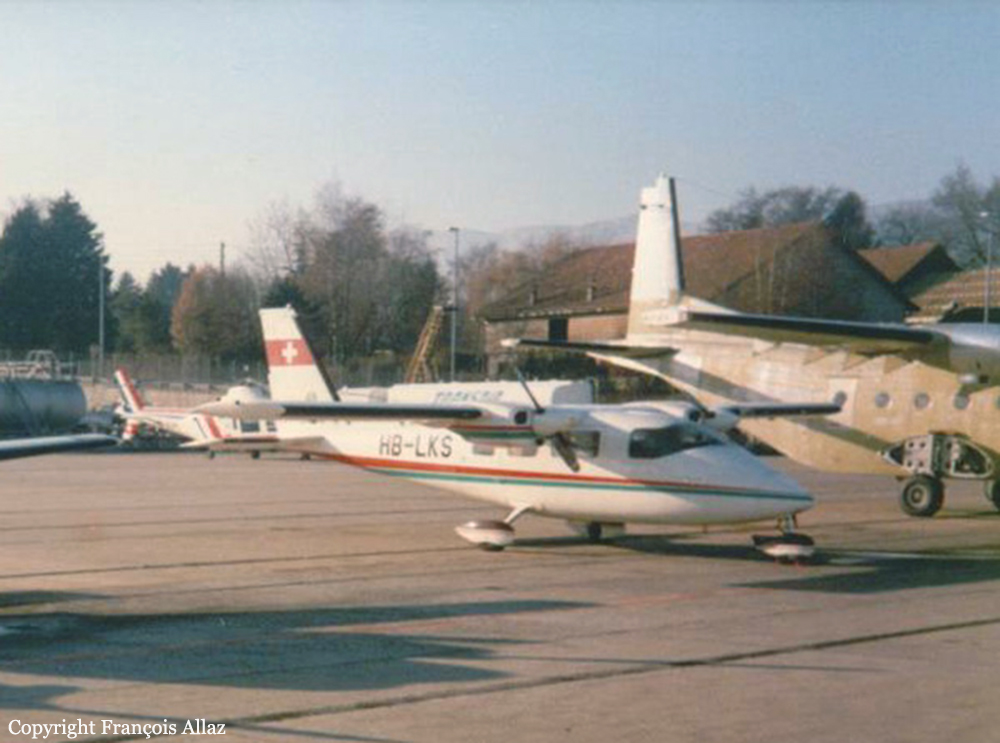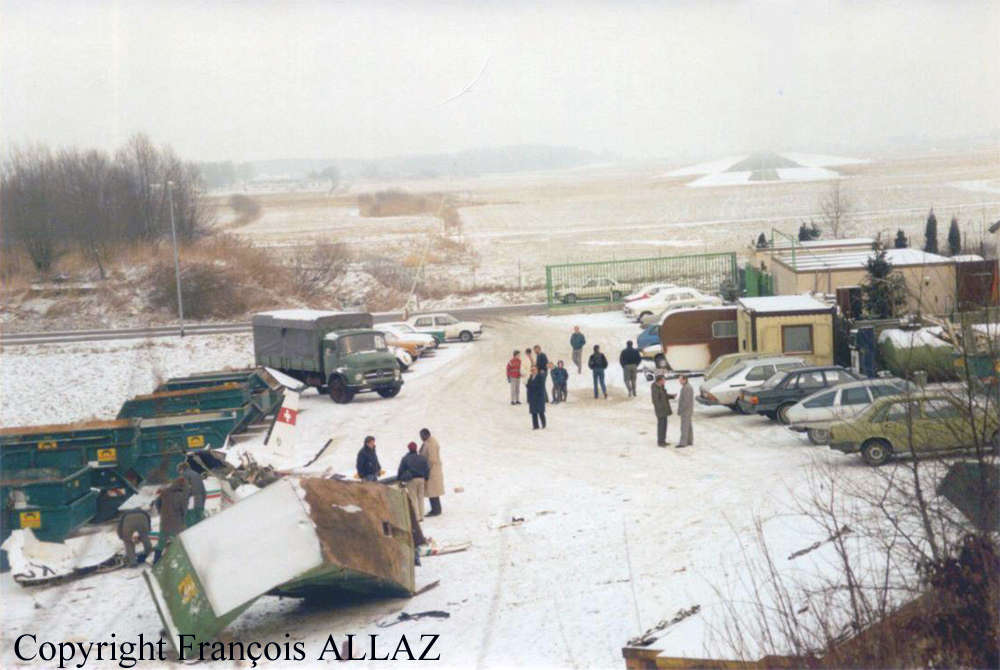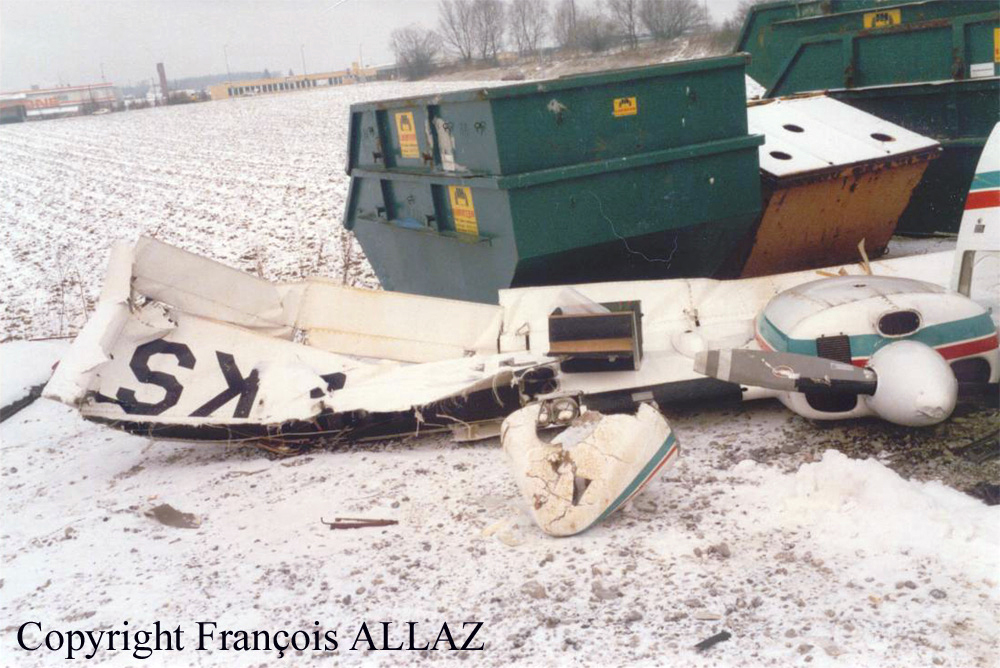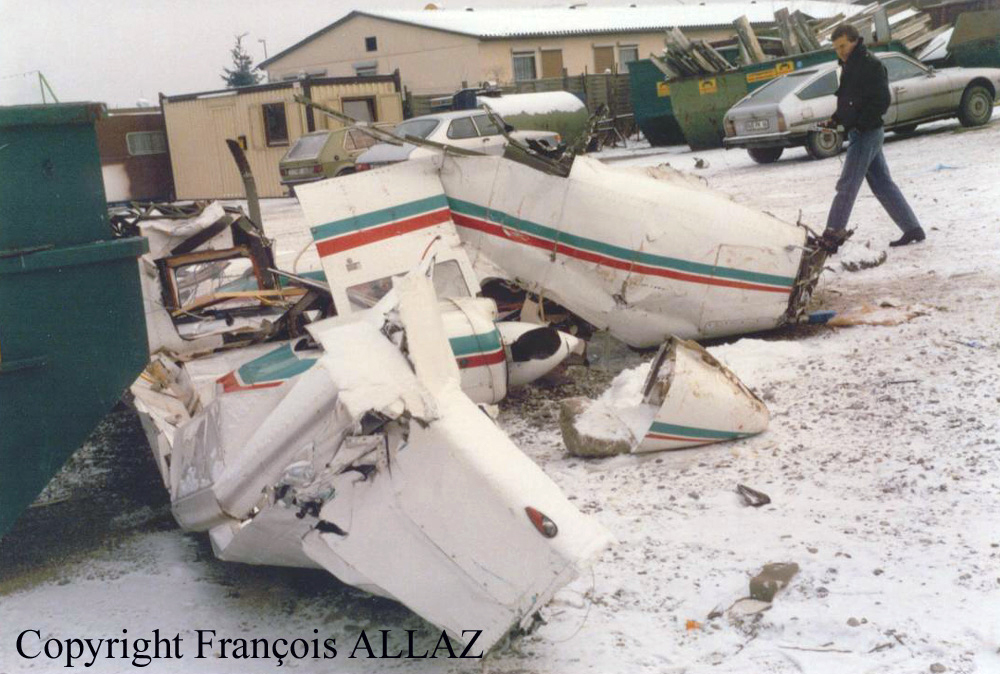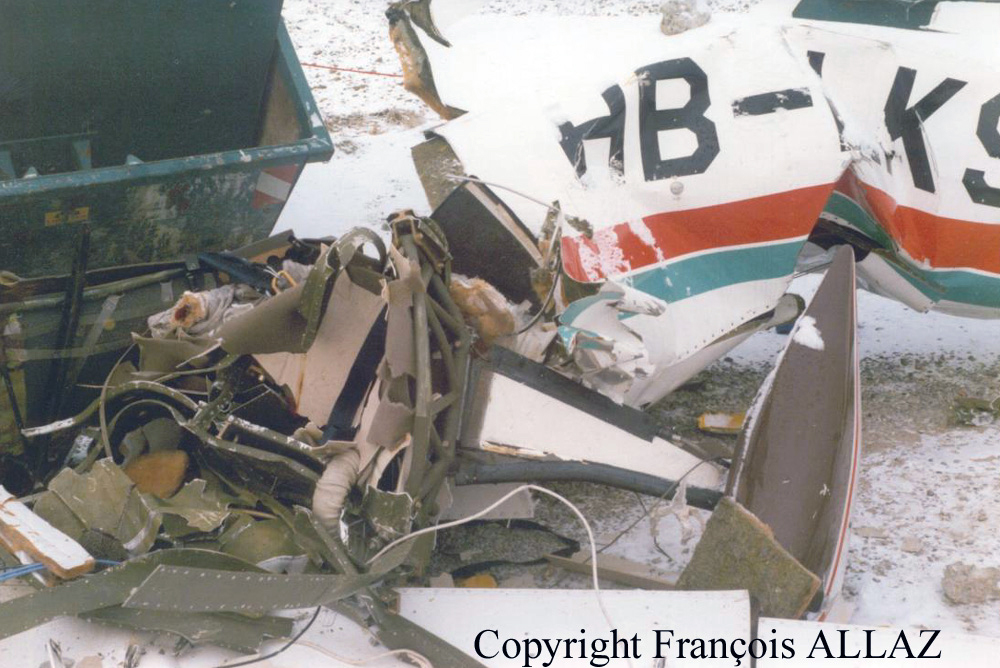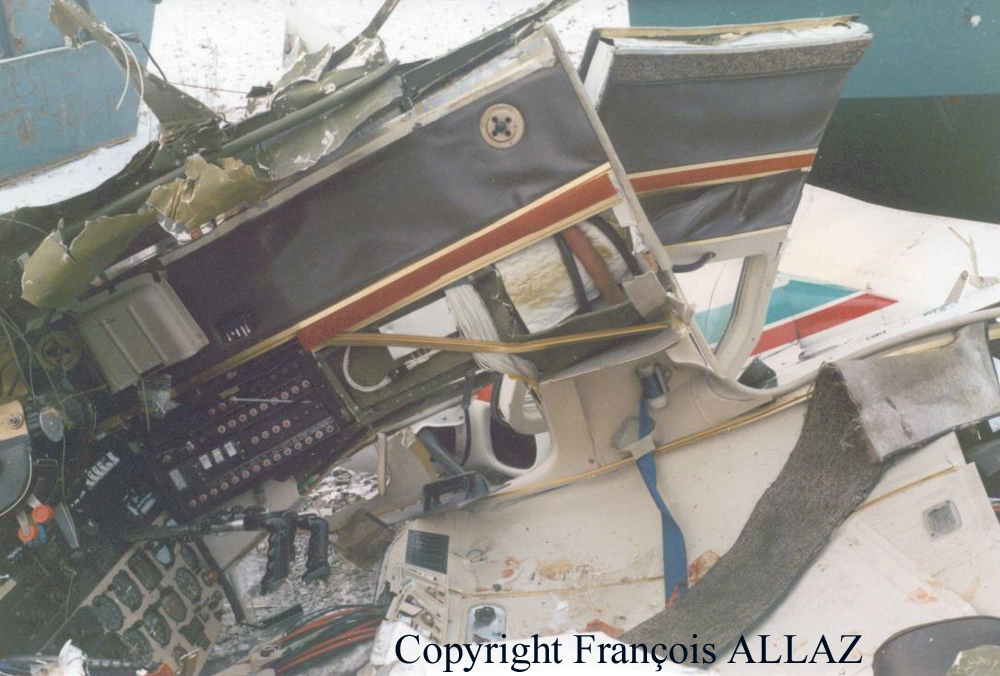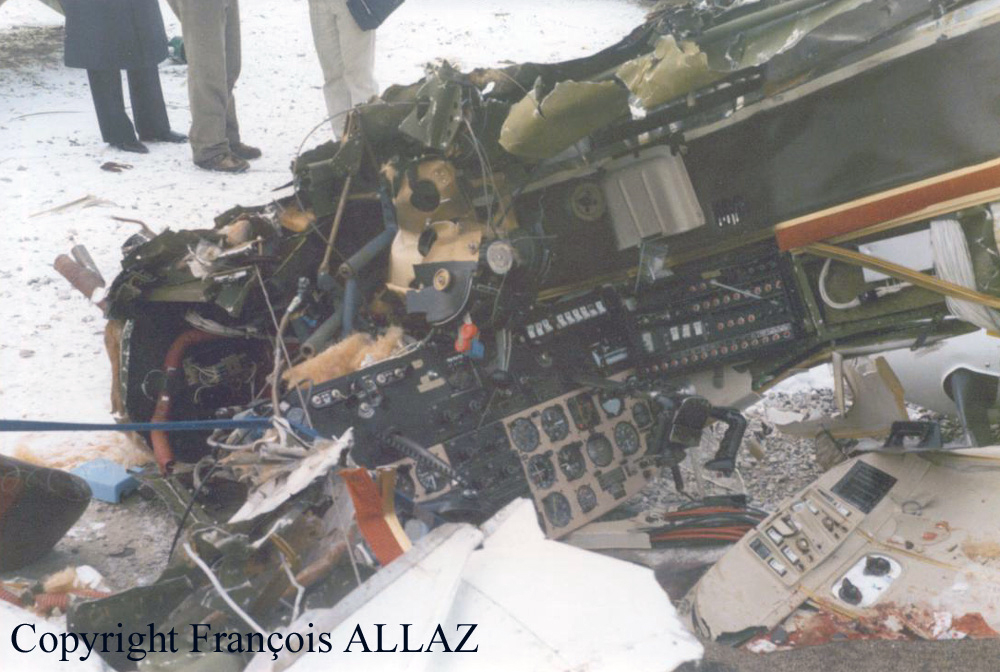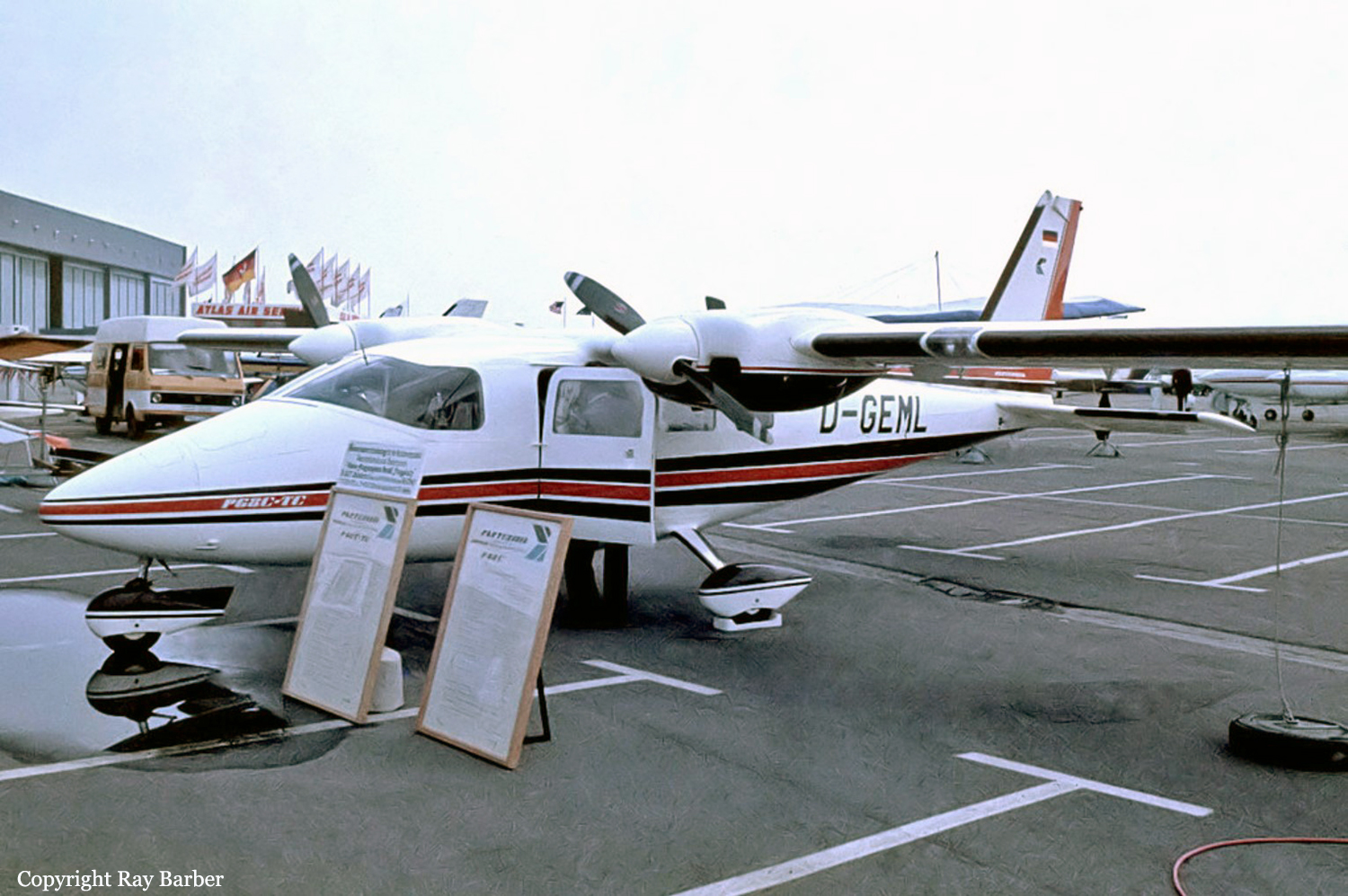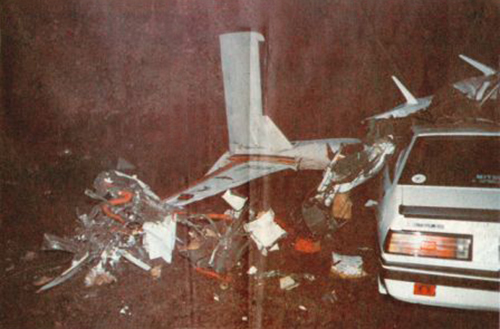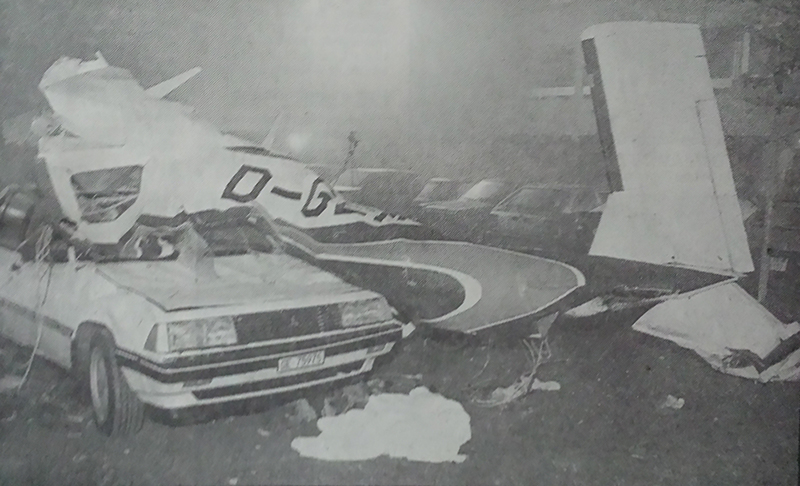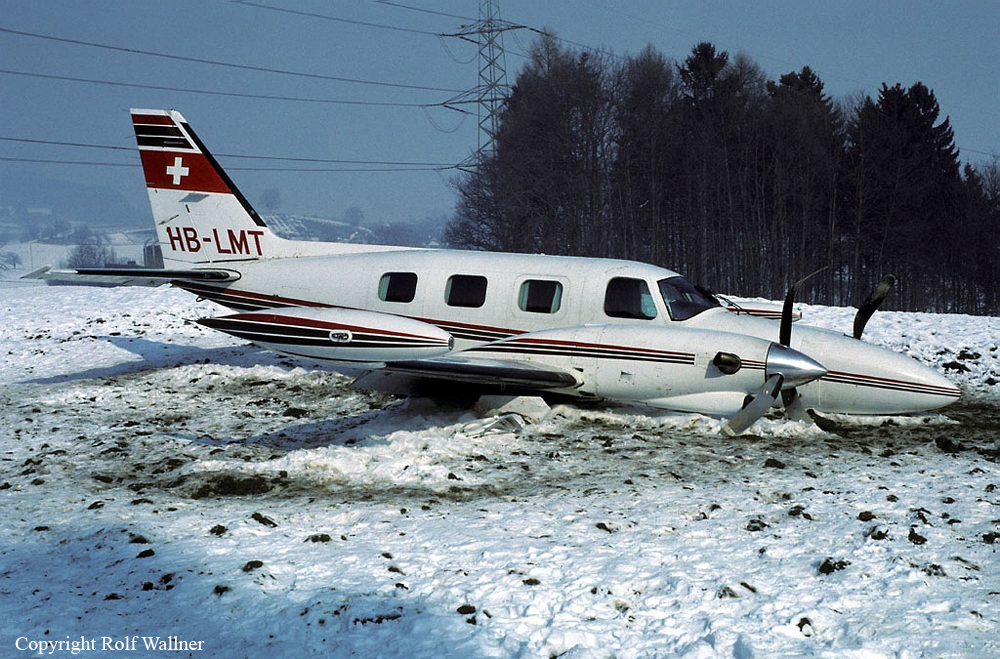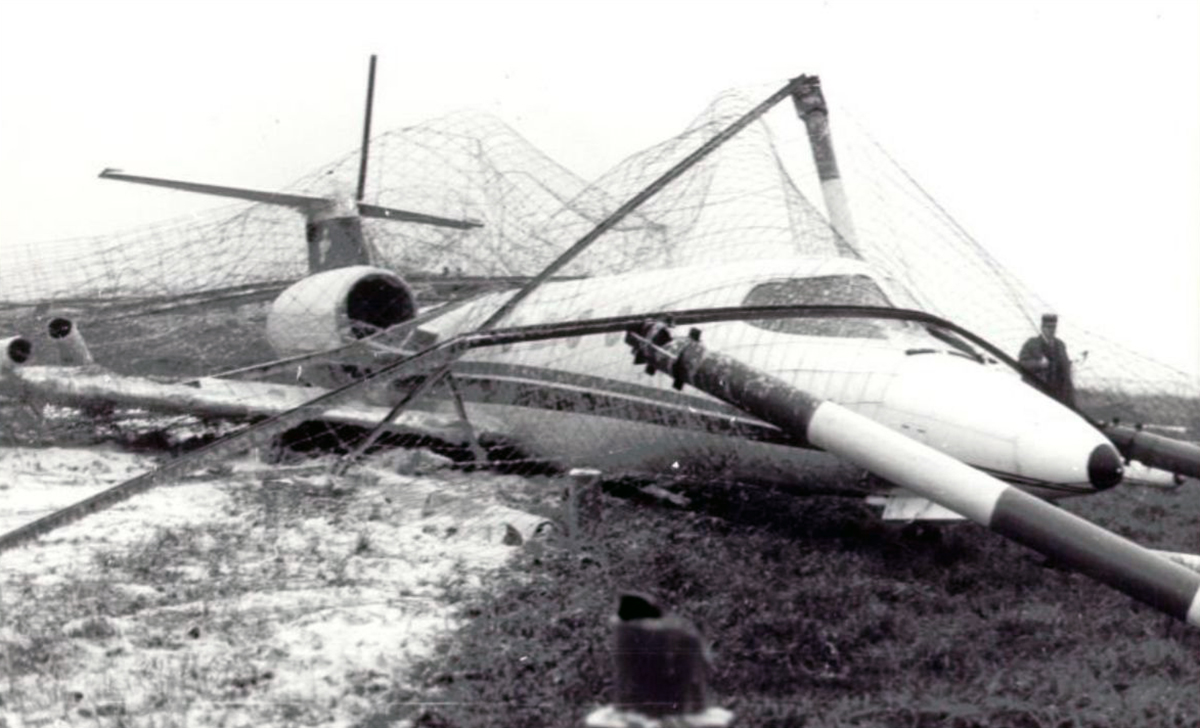Crash of a Partenavia P.68B Victor in Friedrichshafen
Date & Time:
Feb 9, 1986
Registration:
HB-LKS
Survivors:
Yes
Schedule:
Munich - Geneva
MSN:
176
YOM:
1978
Crew on board:
2
Crew fatalities:
Pax on board:
2
Pax fatalities:
Other fatalities:
Total fatalities:
0
Circumstances:
En route from Munich to Geneva, while in cruising altitude, the left engine suddenly failed. Few seconds later, the right engine lost power then failed as well. The crew declared an emergency and was cleared to divert to Friedrichshafen Airport. On short final, due to low airspeed, the aircraft stalled and crashed in a parking lot located about 200 meters short of runway 06. The aircraft was destroyed upon impact and all four occupants were injured. Both passengers were seriously wounded, the copilot broke a foot and the captain escaped uninjured.
Probable cause:
It was determined that the engine failure was the consequence of carburetor icing.
